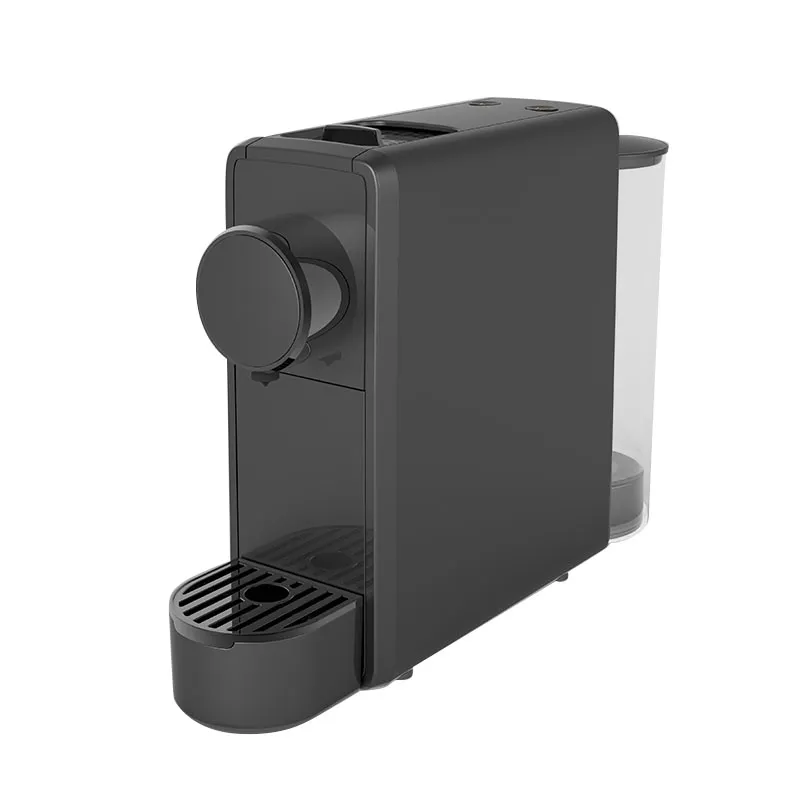How to Master the Art of Brewing with a Manual Espresso Machine
2024-11-08
There’s something magical about pulling a shot of espresso with your own hands. Manual espresso machines allow coffee enthusiasts to truly get involved in the process, offering a sense of craftsmanship that automatic machines can’t match. But mastering the art of espresso brewing on a manual machine takes time and dedication. In this blog, we’ll walk you through the steps, tips, and techniques you need to become a pro at using a manual espresso machine.
Step 1: Set Up Your Gear
Before you begin brewing, make sure you have all the right equipment. Here’s what you’ll need:
- Manual Espresso Machine (Lever or Piston Type)
- Fresh Coffee Beans (Espresso roast)
- Burr Grinder (Grind your beans fresh for each shot)
- Tamper (For evenly pressing the coffee grounds)
- Scale (To measure coffee and water)
- Shot Glass or Portafilter (To collect your espresso)
- Clean Cloth (For wiping down the machine)
Step 2: Grinding Your Coffee Beans
The grind size is one of the most important aspects of making good espresso. For manual machines, you’ll want a fine grind, almost like powdered sugar. A burr grinder is ideal, as it produces a consistent grind size, which is crucial for even extraction.
- Measure the right amount of coffee (typically around 18–20 grams for a double shot).
- Grind the beans just before brewing to ensure freshness.
Step 3: Tamping the Coffee Grounds
Tamping is an essential step in creating a consistent and balanced espresso shot. After filling the portafilter with ground coffee, use a tamper to apply firm, even pressure. This compresses the grounds and ensures the water flows evenly through the coffee.
- Ensure the tamp is level and the surface of the coffee grounds is flat. Uneven tamping can cause channeling, which leads to uneven extraction.
Step 4: Brewing the Espresso
Now comes the fun part! Depending on your type of manual espresso machine, you’ll either use a lever or piston to generate the pressure required to extract the espresso.
1. For Lever Machines: Pull the lever to build up pressure and push water through the coffee grounds. Depending on the model, you may need to adjust the amount of pressure you apply.
2. For Piston Machines: Pull or push the piston to generate the necessary pressure. These machines often offer more control, as you can vary the pressure throughout the shot.
Aim for about 9 bars of pressure for a standard espresso shot. The ideal extraction time is around 25–30 seconds for a balanced shot, but this may vary depending on your grind size, tamping pressure, and other factors.
Step 5: Observe the Results
Once your shot is pulled, you should see a smooth, rich espresso with a thick crema on top. If the shot runs too quickly, your grind might be too coarse or you might have tamped too lightly. If it takes too long or the shot is bitter, your grind may be too fine or your tamping too hard.
Taste the shot! A well-pulled espresso should have a good balance of sweetness, bitterness, and acidity. Don’t forget to experiment with different variables to find what suits your palate best.
Step 6: Clean and Maintain Your Machine
After each use, be sure to clean your manual espresso machine thoroughly. Use a clean cloth to wipe the portafilter and any other parts that come into contact with coffee. Regular cleaning prevents buildup and ensures your machine performs optimally.
Advanced Techniques: Take It to the Next Level
Once you're comfortable with the basics, you can start experimenting with advanced techniques, such as:
- Adjusting Pressure: Some manual machines allow you to fine-tune the pressure throughout the shot, which can significantly affect the flavor profile.
- Pre-Infusion: This involves slightly moistening the coffee grounds before applying full pressure, allowing the coffee to bloom for a richer flavor.
- Temperature Control: Some manual espresso machines allow you to regulate water temperature, which is critical for certain beans.
Mastering a manual espresso machine is a rewarding journey that combines precision, patience, and practice. Whether you’re just starting or already have some experience, the key is to experiment and refine your technique over time. With each shot, you’ll get closer to pulling the perfect espresso and discovering a new appreciation for the craft of coffee making. Happy brewing!



